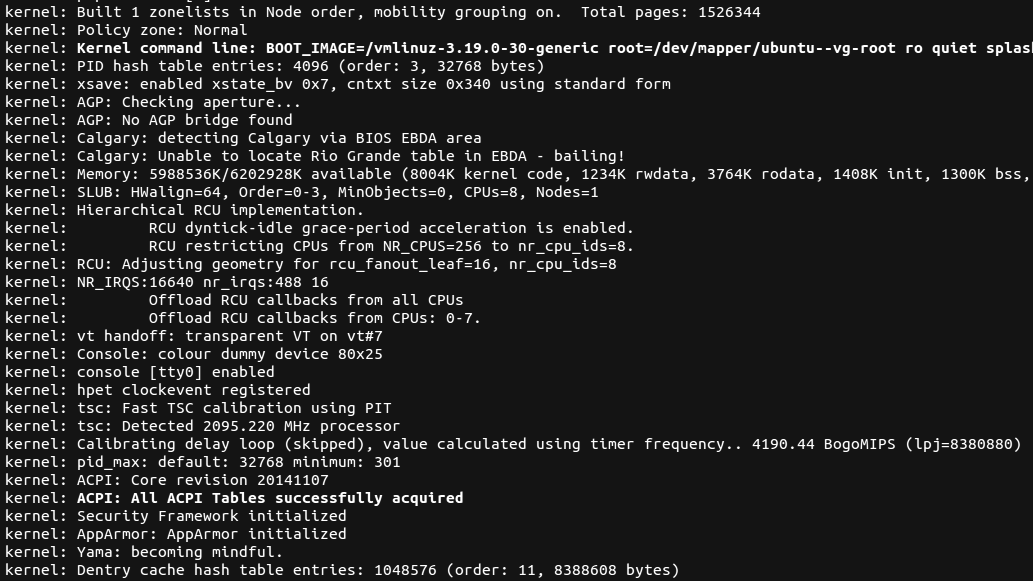How To Install Windows On A Linux Systemctl

How to Install Arch Linux (with Pictures)1. Type . nano /etc/pacman.
Linux admins spend most of their time on working in a terminal; there are some who like to work on GUI instead of a terminal. This quick start tutorial shows how to install SQL Server 2017 on SUSE Linux Enterprise Server and then create and query a database with sqlcmd.
The mirrors are servers that allow you to download packages required to install Arch Linux. Visit archlinux. org/mirrorlist/ on another computer and use the tool to find the closest mirror to your physical location. Copy the address down. It may help to write down a few mirrors in case one is offline. Can Someone Hack My Computer Through Wifi Speed. You can add additional mirrors underneath in the order you want them to try to connect. Type pacstrap - i /mnt base base- devel and press .
This HowTo walks you through the steps required to security harden CentOS 7, it’s based on the OpenSCAP benchmark, unfortunately the current version of OpenSCAP. Step 1: Pre-Req: Install Java JDK. Make sure you have JDK 1.8 installed on your system as shown below. This article describes, how to install and configure Samba4 on CentOS 7 for basic file sharing between other Linux systems and Windows machines. Systemctl is a systemd utility which is responsible for Controlling the systemd system and service manager. Systemd is a collection of system management daemons. How to Install Gnome on Arch Linux. Arch Linux is a lightweight Linux distribution that focuses on simplicity from a developmental standpoint. A default Arch Linux.
Mount file system Linux like never before. 123 Bulk Email Direct Sender Keygen Mac on this page. Systemd shakes things up for Linux admins, controlling mount and automount on file systems. This article presents how to install Oracle 11G on Centos Linux 7. Read following article how to install Centos Linux 7: Install Centos Linux 7 (for comfort set 2G.
This will load the essential files onto the root directory. The process may take a few minutes. This file allows Arch Linux to identify your partition's file systems. Type genfstab - U - p /mnt > > /mnt/etc/fstab and press .
Type arch- chroot /mnt /bin/bash and press . This file will determine what monetary units and time format to use. Type nano /etc/locale. Locale file. Users from other countries should remove the # for their specific format. Type locale- gen to create the file using the settings in the locale. Type echo LANG=en. After setting your location information, you'll need to configure your timezone to get the correct time.
There will be directories with subzones available. Create a link to your chosen timezone by typing ln - s /usr/share/zoneinfo/Zone/Subzone /etc/localtime. For example, to set the timezone for new York, you would type ln - s /usr/share/zoneinfo/America/New. Arch Linux recommends setting your clock to UTC, which is different than the clock standard used by Windows but less buggy. It won't display in UTC unless your locale displays UTC. To set your clock to UTC, type hwclock - -systohc - -utc. Set your hostname.
This is the name that your computer will display when connected to the network. Replace myhostname in the following commands with whatever you'd like. Add your myhostname to the two localhost.
Configure your network (wired). If you have a wired network connection, enter the following command. If you have a wireless network connection, skip down to the next step. If you have a wireless network, enter in the following commands to enable it. After you connect to the network for the first time, you will be automatically connected for subsequent boots. Do not enter this now, or you will lose access to your network. Set your root password.
Type passwd and press . You will need this password whenever you make changes to the root. This is the software that loads the operating system when the computer start. One of the most popular and easy- to- install bootloaders is GRUB.
The procedure varies slightly depending on whether you are using a UEFI or legacy BIOS motherboard. If you do not install EFI Boot Manager, you would face problems while installing boot loader. Type pacman - S grub efibootmgr then . Type exit and press . Then type reboot and press . Use the root password you created earlier to log in to Arch Linux.
If you didn't set a password, you can use the default password root.